Tahiti and Tuamotus: Huahine
Last updated on September 18th, 2018 at 10:10 am
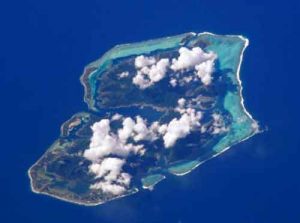 Our ship, Windstar’s Wind Spirit, didn’t have to travel far — just over 31 nautical miles — to reach Huahine (see NASA map at left) from our last port of call — Taha’a. Huahine, also a part of the Society Islands, is sometimes nicknamed the “Garden of Eden” for its lush, tropical landscapes.
Our ship, Windstar’s Wind Spirit, didn’t have to travel far — just over 31 nautical miles — to reach Huahine (see NASA map at left) from our last port of call — Taha’a. Huahine, also a part of the Society Islands, is sometimes nicknamed the “Garden of Eden” for its lush, tropical landscapes.
In researching the ports we would visit on our 10-day Windstar Cruises Tahiti-Tuamotus cruise, I read that Huahine, while not well-developed as a tourist destination, is one of the best places to get a glimpse of the authentic South Pacific and to learn about Polynesian history.
Upon reviewing Windstar Cruises’ excursion choices, I chose “Sacred Sites & Cultural Walk.” This half-day eco-excursion is ideal for those who are ready to take a temporary departure from diving into Tahiti’s turquoise waters and to, instead, perhaps come away with more knowledge of Polynesian history than your vacationing brain can hold.
Being with our knowledgeable anthropologist guide, Manava, a Huahine native, was like taking a half-day crash course in French Polynesian history. From the time we boarded an open-air vehicle, he began a running narrative on the history and development of the islands, its people, its maraes, and the need to protect their heritage.
Our first stop was at a bridge to view the 500-year-old v-shaped fish traps; some are still used today.
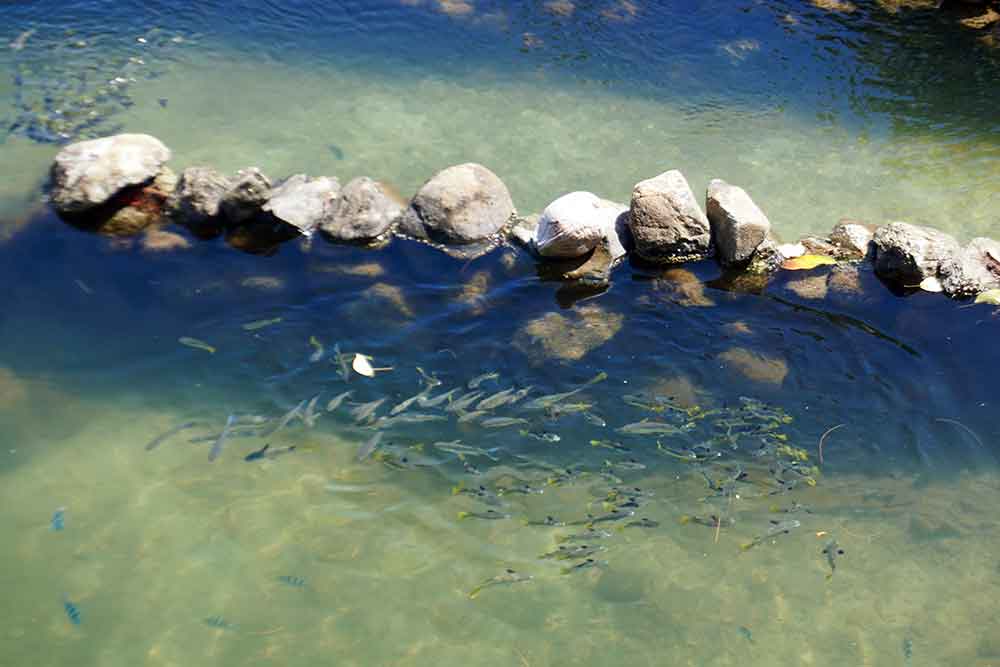 We then moved on to Maeva Village, home to the densest concentration of archaeological sites in Polynesia, where we spent time inside the Fare Pote’e Museum. Objects collected during numerous excavations are housed in the restored Polynesian meeting house.
We then moved on to Maeva Village, home to the densest concentration of archaeological sites in Polynesia, where we spent time inside the Fare Pote’e Museum. Objects collected during numerous excavations are housed in the restored Polynesian meeting house.
Next, a walk through the forest brought us to Mata’irea Hill, home to over 200 stone structures, including marae (which were traditional temples dedicated to social and ceremonial religious activities), agricultural terraces, house foundations, fortification walls, and burial platforms.
Time for ice cream! After a somewhat strenuous hike, the timing was perfect to stop at a small family vanilla plantation, which sold homemade vanilla and coconut ice cream, as well as vanilla products and craft items.
Blue-eyed eels! Our excursion’s next stop was at the Faaie river in the southeast of the island, home of the “sacred” blue-eyed eels. A long-ago legend has somehow elevated them to “sacred” status. They are now a “must-see” for visitors and have become quite accustomed to being hand fed cans of mackerel from island guides and tourists on a daily basis. The Polynesian long-finned freshwater eels range from four to six feet in length and really do have bright blue eyes.
Before returning to the pier, we had one last “photo op” at the Belvedere Lookout on Mount Turi overlooking Maroe Bay for a panoramic view of the island.
Another Windstar excursion, “Safari Expedition,” visited the Huahine Pearl Farm & Pottery. Since I collect blue pottery (theirs is made from a glaze found at the bottom of the lagoon while pearl farming), I asked a fellow passenger to purchase a piece of the pottery for me. Love it!
© All photos Debbra Dunning Brouillette
Next in the series:
Tahiti-Tuamotus: Bora Bora
Earlier in the series:
Tahiti and Tuamotus: Taha’a and Motu Mahaea
Tahiti and Tuamotus: Rangiroa — our second port of call
Tahiti and Tuamotus: Fakarava — our first port of call
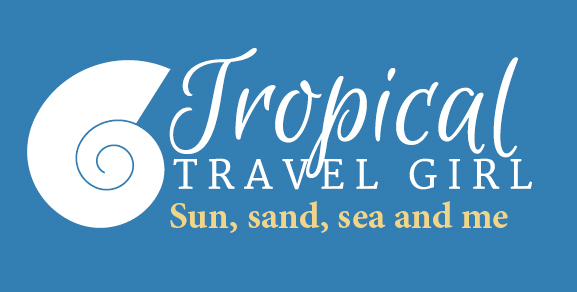

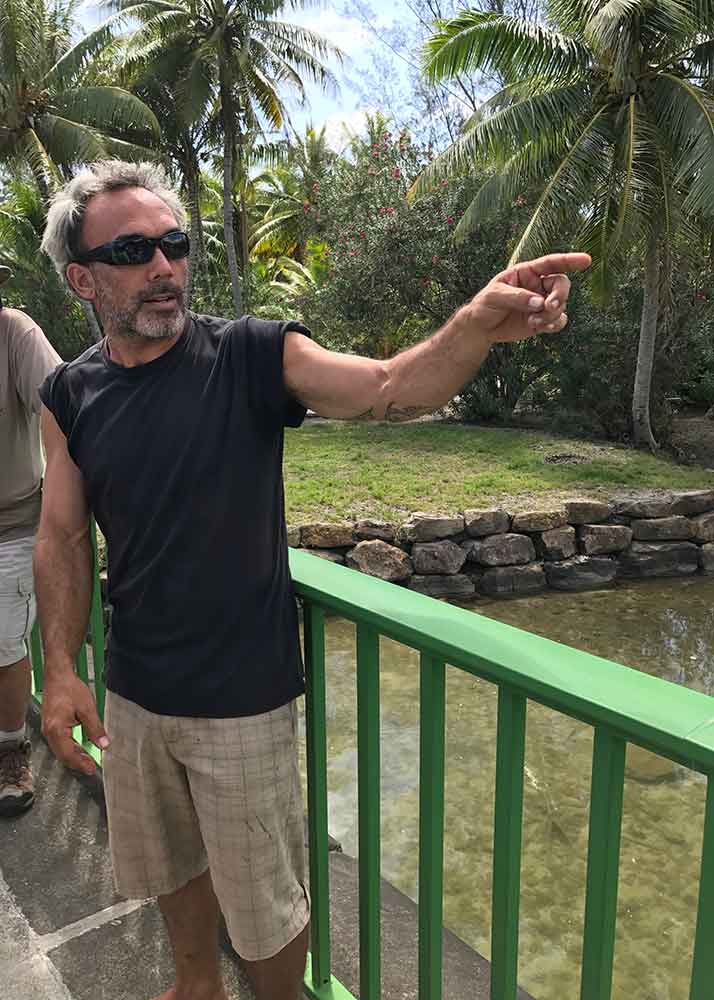
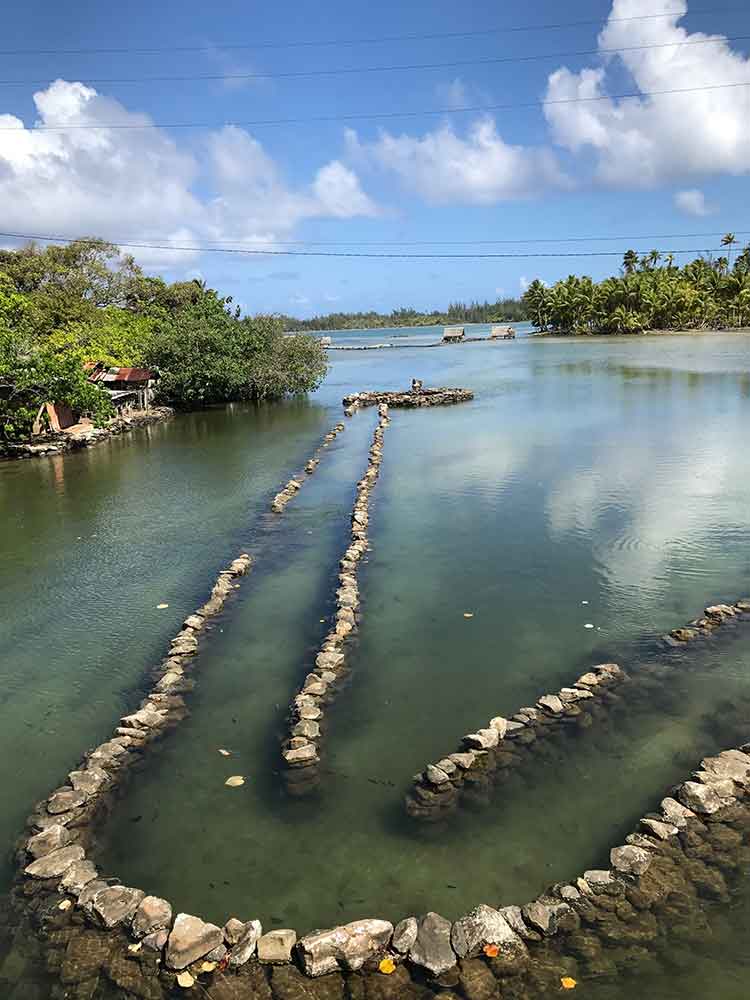
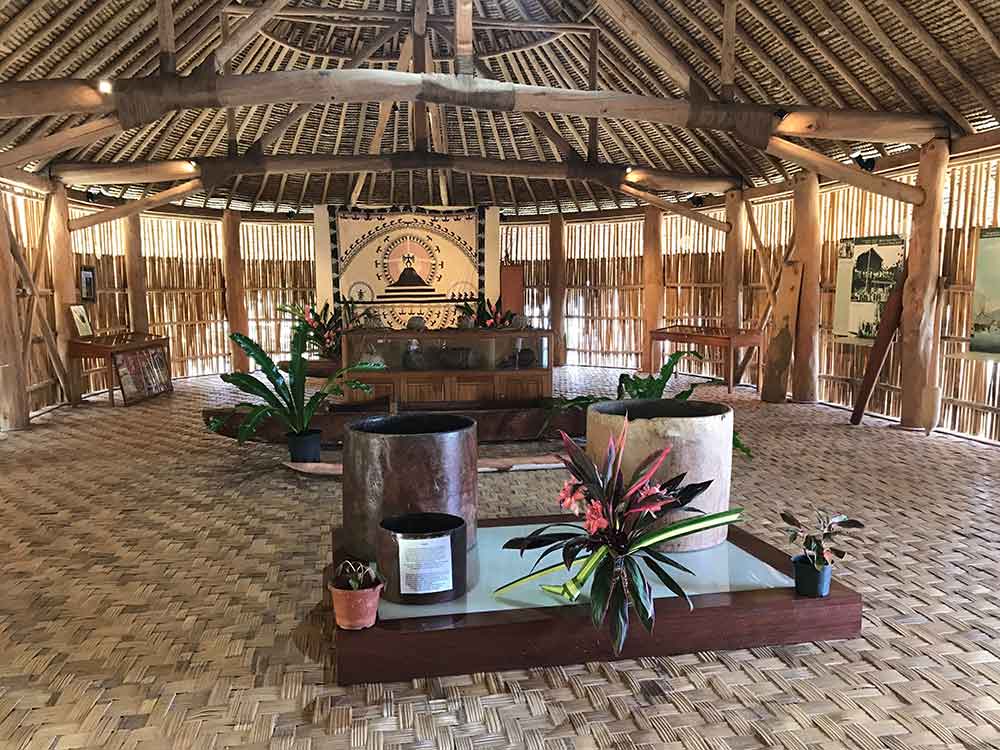
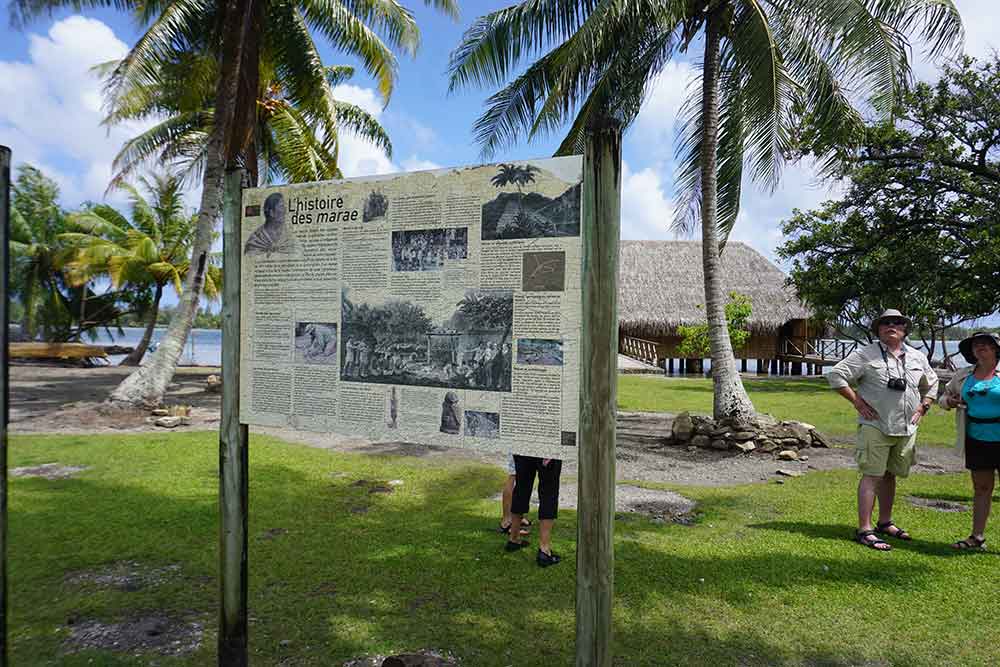
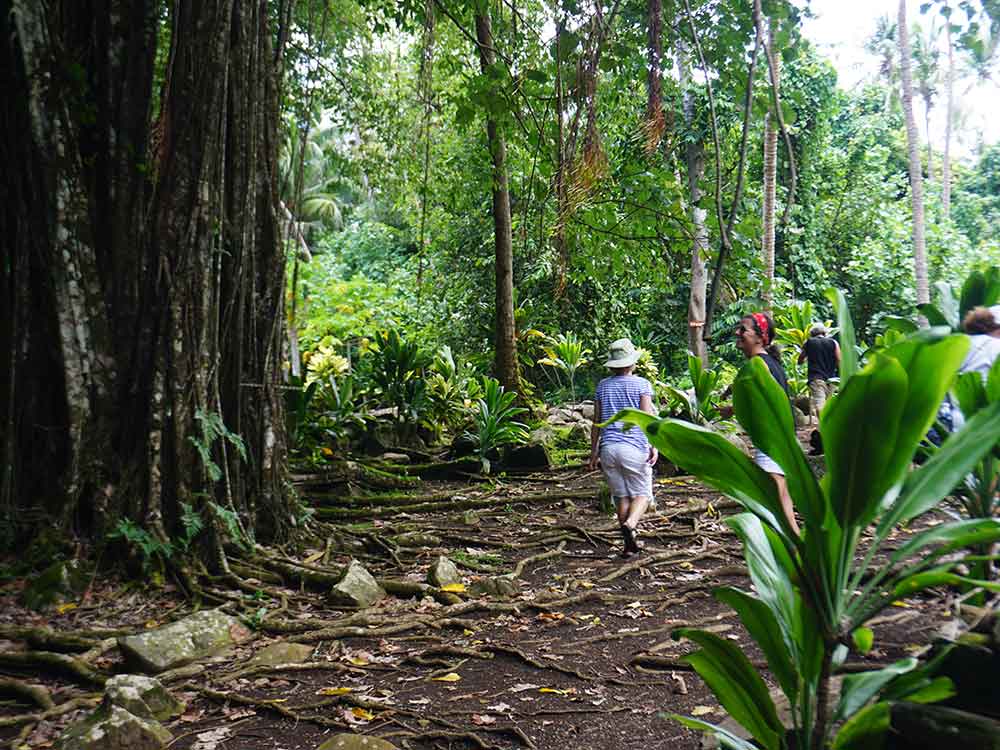
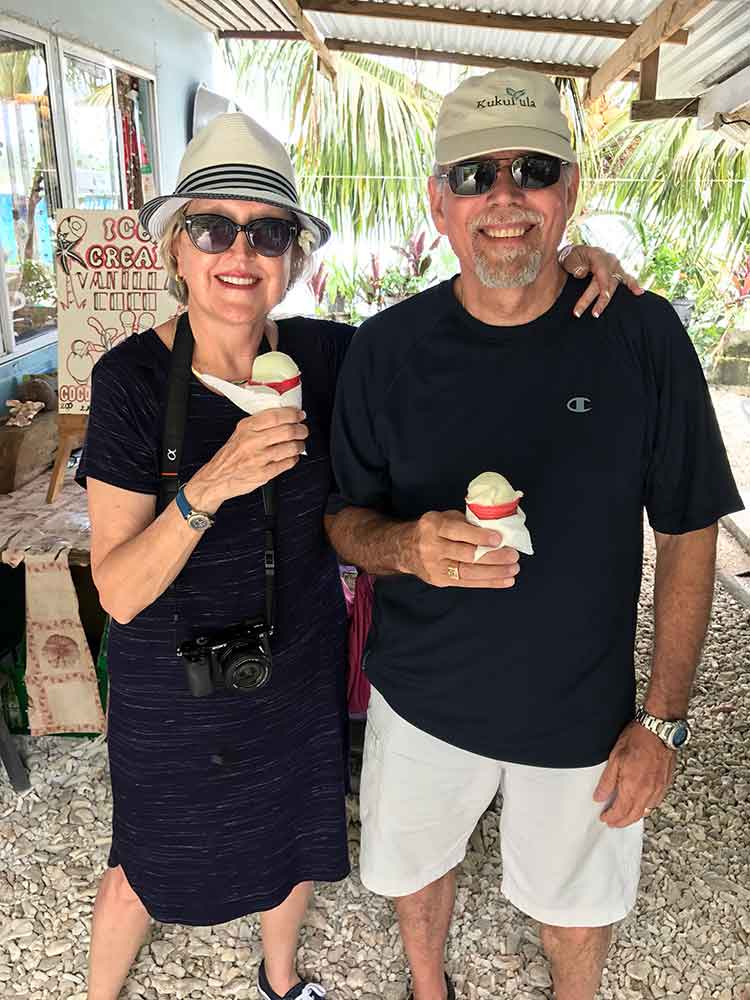
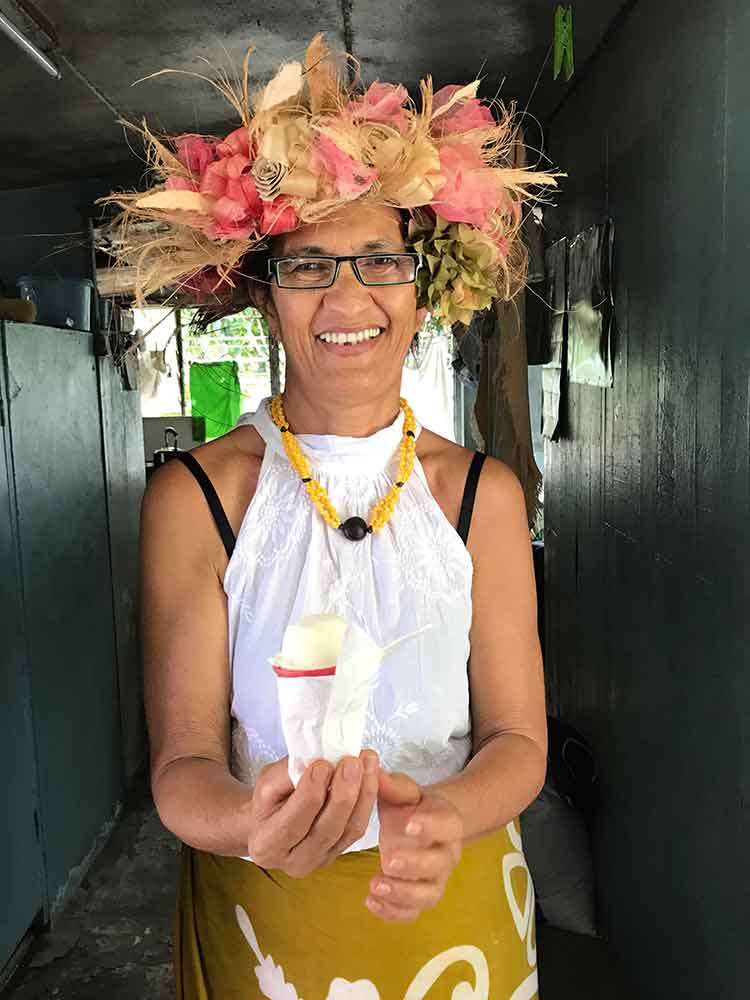
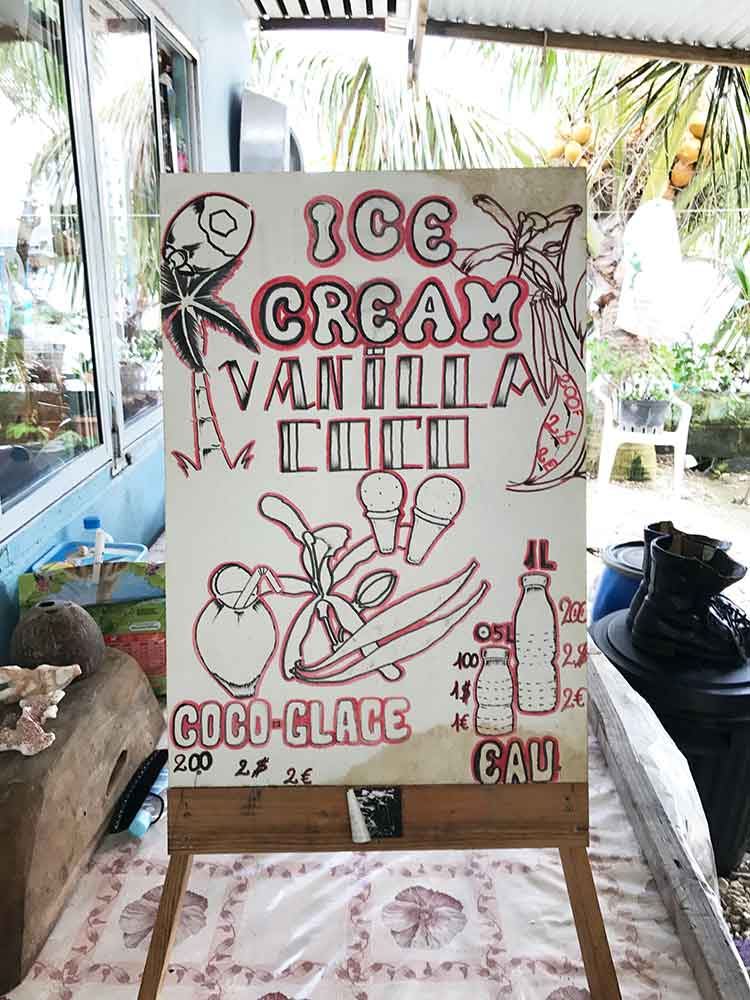
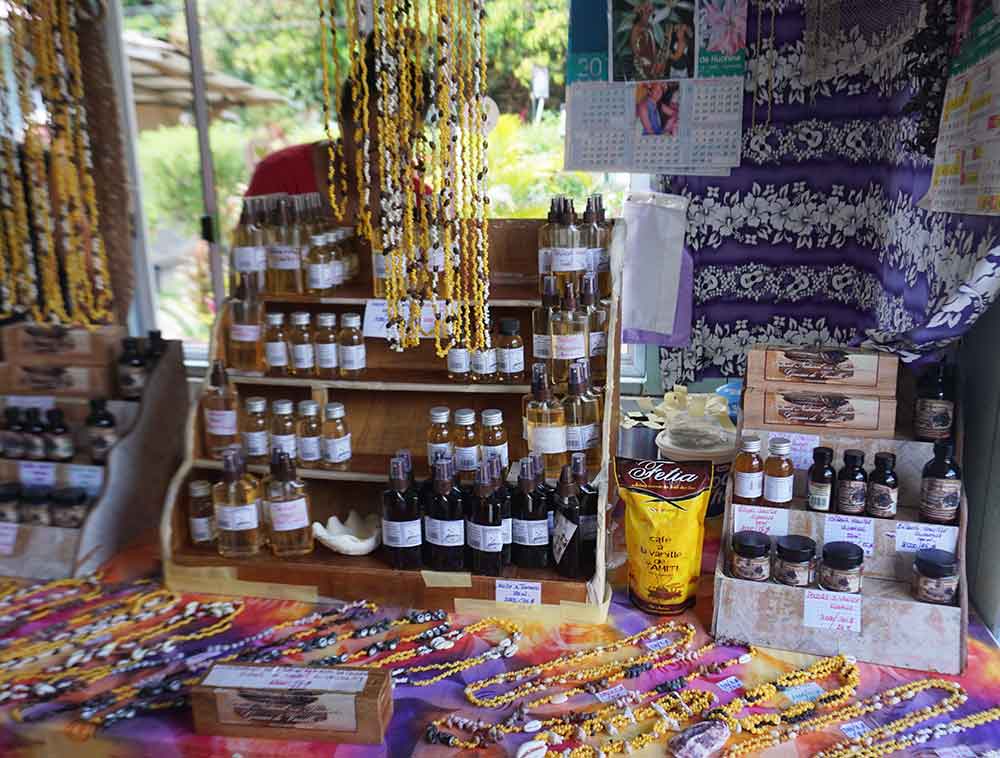
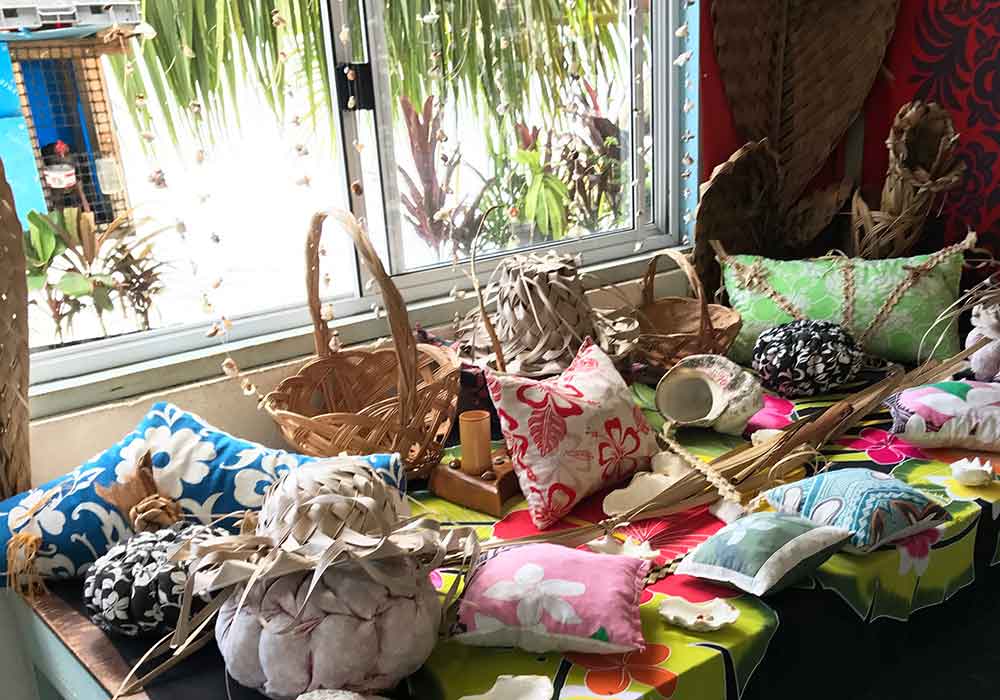
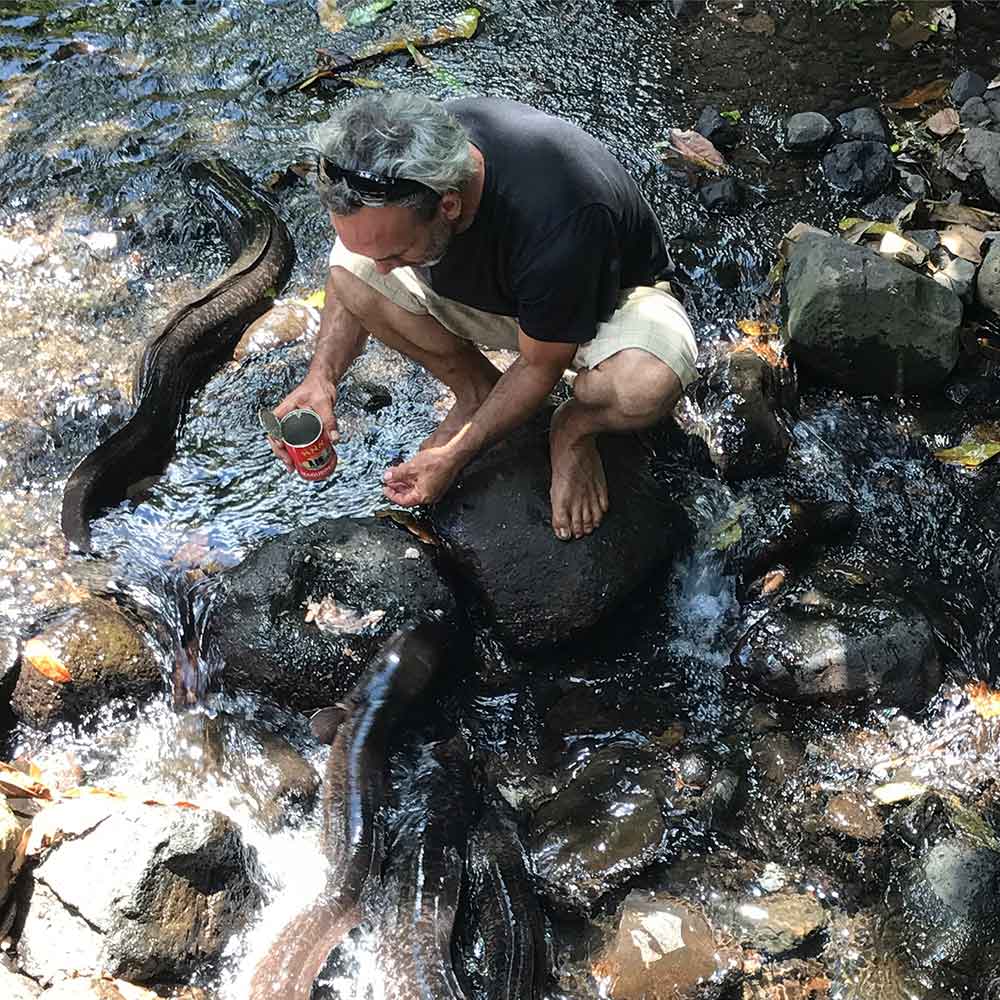
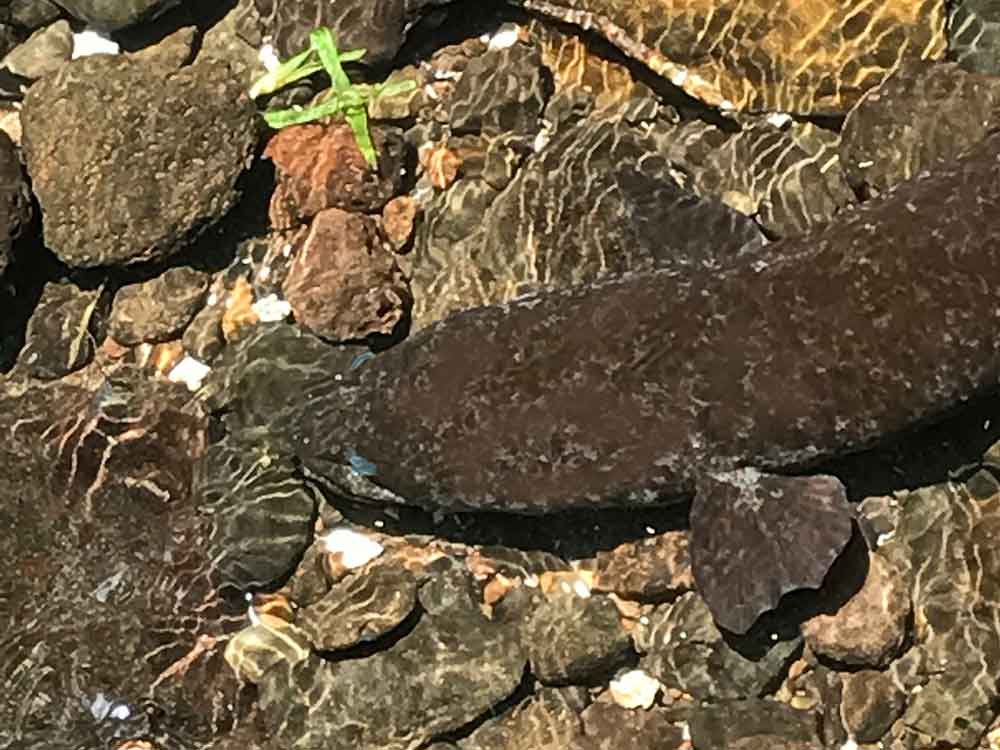
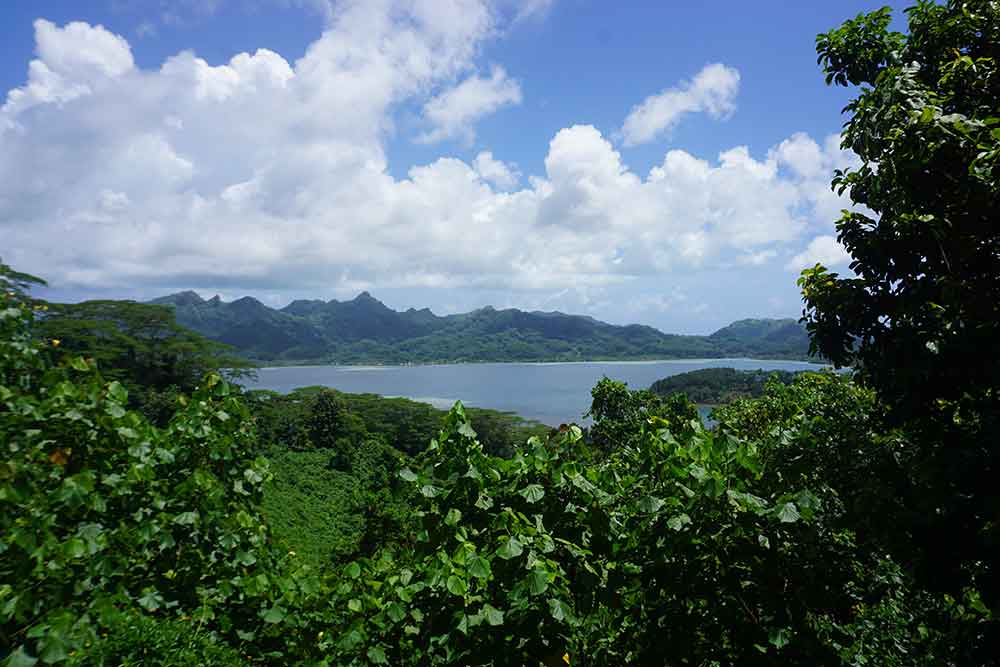
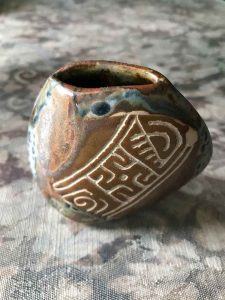
Great photos! It’s not easy to get a photo of those blue-eyed eels – I didn’t want to get too close during our trip to Huahine. It’s really a beauty of an island though – one of my all-time fave places.
Thank you! My zoom lens came in handy for the blue-eyed eels. They were quite an unusual sight!
We could spend days visiting the archaeological sites and learning their history before it disappears. And never pass-up the local ice cream!
As you can see, we didn’t pass up the ice cream! It was SO good!
Sounds like a wonderful and packed excursion. I’d love to see those eels and try that ice cream!
It was a fascinating morning on Huahine. If you go, don’t miss the eels!
What a beautiful port stop. Except for the blue-eyed eels (while fascinating, not pretty), I can understand why this place is called a “Garden of Eden.” Windstar sure offers off-the-beaten-path travel!
That’s one of many reasons we love small ship cruising with Windstar!
Oh, I felt like I was right there with you taking the tour (and probably sweating a bit as I remember doing during our South Pacific cruise 😉 ) so I am impressed you look so cool and collected in the photo. Maybe it was the ice cream? A fun post and you do make my cruise juices start flowing!
The ice cream did help after our trek up into the forest to see the marae ruins! We recovered quickly and had our lovely ship, the Wind Spirit, to come back to for lunch!
Pingback: Tahiti and Tuamotus: Bora Bora – Tropical Travel Girl
Pingback: Tahiti and Tuamotus: Rangiroa – our second port of call – Tropical Travel Girl
Pingback: Tahiti and Tuamotus: Moorea – Tropical Travel Girl